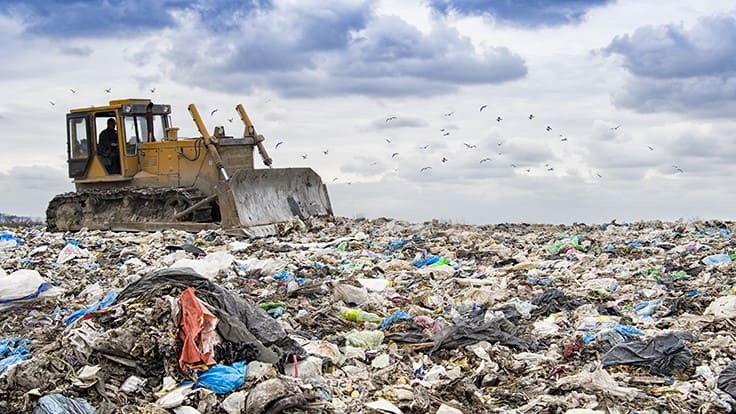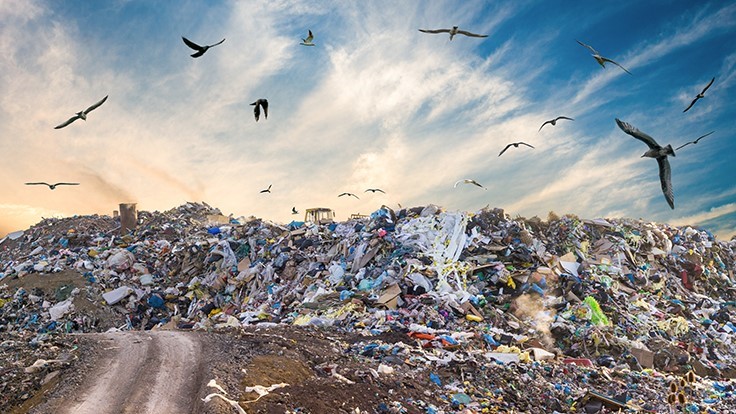What Are Landfills?
Solid trash is disposed of in landfills, which are specifically designed for this purpose. As a result, they have long been the most frequent method for disposing of solid garbage. There are many landfills around the world, especially since the amount of waste generated by our homes, schools, offices, hospitals and markets continues to rise. An integrated approach to waste management includes well-managed landfills.
Unattended landfills lead to land contamination and unchecked accumulation of various types of solid waste in most towns. Landfills have many origins and effects, but they also have many solutions.
Landfills Have Serious Effects
The Term “Solid Waste” Can Be Used To Describe
A large portion of landfill garbage comes from the disposal of solid waste. A vast lot of trash, garbage, and recycled material is generated in a wide variety of settings. The vast majority of this garbage is destined for incinerators. Wood, paper, plastic, broken furniture, glass, grounded cars, old electronic items, and hospital and market garbage are examples of solid waste materials.
Non-biodegradable waste products pile up in landfills and remain there for years. In the worst-case scenario, poorly-managed waste disposal systems are likely to cause environmental damage.
Waste From Farming
Crop and farm waste, as well as animal dung waste, all contribute to agricultural waste. A variety of agricultural wastes, including animal manure, are collected and deposited in landfills. In addition to contaminating the environment, these agricultural leftovers pose a serious threat to human health. In the landfills, the wastes persist for a long time and have a negative impact on land and soil quality.
Waste From Industry, Manufacturing, And Building
Industrial, construction, and power plant activities generate a wide spectrum of solid byproducts and residues. Oil refineries, power plants, construction projects, medicines, and agricultural commodity producers are the primary sources of garbage. The landfills are usually the last resting place for solid waste.

Construction and oil refinery processes, for example, generate wood, plastic, and metal waste products. However well-regulated industrial production processes like manufacturing, power generating, and construction may be, their waste and byproducts nonetheless end up in landfills.
Population Increase And Urbanization
There has been a surge of landfills around the world as a result of an increase in urbanization and population expansion. Product and material demand increases as the population grows and metropolitan areas expand. Solid waste production rises in lockstep with rising demand.
In the first decade of this century, due to fast urbanization and population growth, there has been an increase in the amount of plastic pollution. Approximately 80% of municipal garbage is plastic, which dominates landfills across the majority of urban regions.



